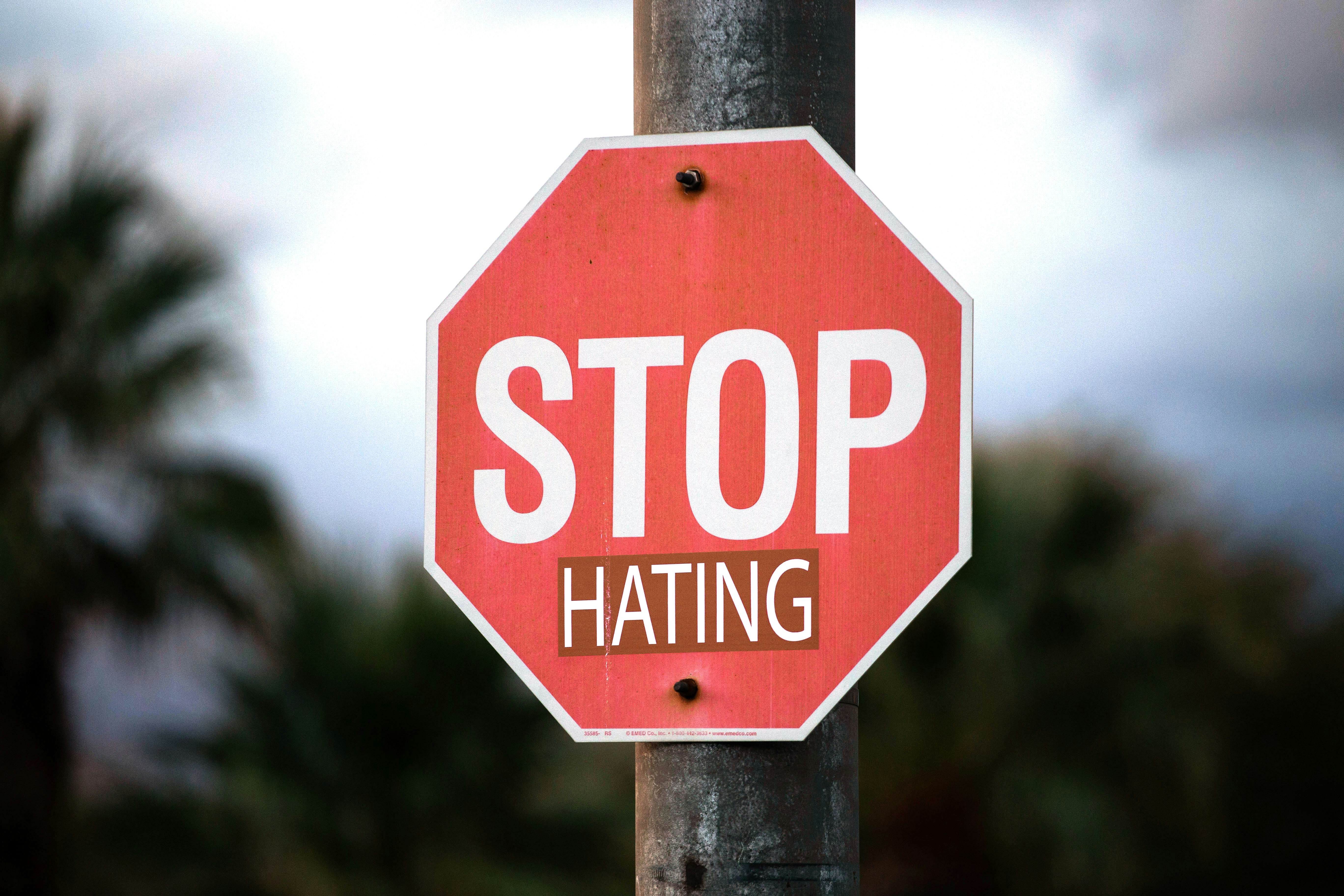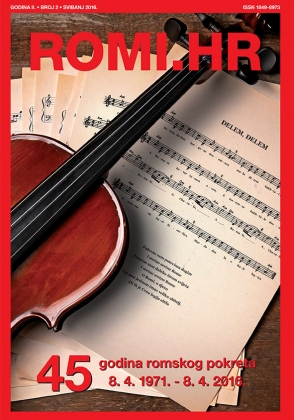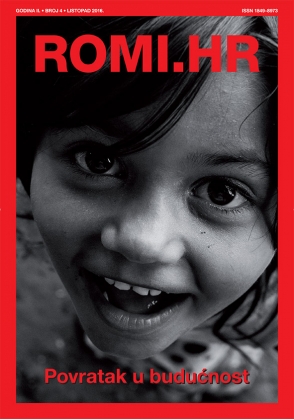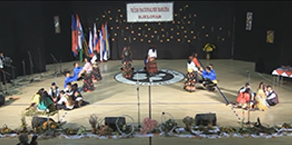Focus ROMI.HR
/Hate often involves intent to harm, causes real damage, and relies on dehumanizing language. Efforts to define hate speech, hate crimes, racism, anti-Semitism, and anti-Gypsyism have increased, especially with the rise of online platforms, but universal definitions remain hard to agree on. Responses need to consider specific histories and contexts to effectively understand and challenge hatred.
For several decades now, both experts and general readers have been exposed to a recurrent usage of specific words meant to try to describe in a more detailed and comprehensive manner phenomena related to hate. Some of these concepts are not new at all, such for example that of racism, which has been debated since the mid-1800s, as a direct consequence of the colonial approach to African, Asian, and Southern American countries by European powers, and which resulted in the enslavement of black people. Similarly, the constantly present hatred towards Jewish people, which reached its tragic apex with the genocide perpetrated by the Nazis under the guidance of Adolf Hitler, forced scholars from various disciplines to face the presence of anti-Semitic sentiments in several parts of the world.
We all would know what racism is, and we would probably all be able to recognize it when a racist or anti-Semitic behaviour unfolds in front of our eyes. Yet, the emergence and diffusion of social media platforms, online forums, and – more broadly – websites that allow their users to act anonymously, made many more people aware of how present hatred is in society, and of the various forms in which it can show up.
Therefore, the last two decades saw an intense growth in the number of researchers who tried to give names and definitions to these phenomena, with several scopes: first, framing these events in a more clear-cut way; second, introducing legal frameworks aimed at punishing said events; third, making advancements in research by allowing for similar standards and comparable data worldwide.
However, this intent – although brilliant and needed – soon was countered by a very harsh reality: it is almost impossible to come up with universal definitions of hate-related behaviours and actions, as these kinds of definitions would probably tend to generalize, leaving behind many peculiar aspects (in terms of history, society, and contexts) which could be crucial in assessing if a specific element presents the features of hatred or not.
For instance, scholars only managed to agree on three fundamental criteria that are usually present when it comes to hate speech, but not on their precise definition. Starting from several examples collected both online and in real-life conversations, hate speech is usually characterized by:
· Intent: the speaker intends to produce harm or act with bad intentions, usually by targeting a group, or an individual as a member of a group, because of some of his/her features, including race, ethnicity, religion, gender, sexuality, etc. The problems with recognizing a speaker's intent are that, sometimes, said intent might be intentionally covered or obscured by the speaker, thus making it impossible to recognize it fully.
· Impact: words can cause both physical and emotional harm, physical violence, or damage the victims’ relationship with others, also affecting the victim’s work and personal life. Moreover, if a person or group is repeatedly exposed to hate speech, their life can become structurally affected by hatred. Eventually, the side effects of hatred can be passed through generations.
· Content: the most debated element, as some scholars believe that anything can constitute hate speech if said with the intent of inciting hatred. Others, instead, claim that a message must openly promote racial inferiority, stigma, dehumanization, persecution, and violence for it to constitute hate speech.
Hate speech can often have tragic consequences on the lives of victims. Taken to the extreme, hate speech can become a hate crime. However, from a legal and academic perspective, the definitional problems encountered with hate speech become even more pressing. Indeed, the lack of a commonly accepted definition makes it almost impossible to have standards in treating the victims from different parts of the world. For this reason, the OSCE’s Office for Democratic Institutions and Human Rights (OSCE/ODIHR) designed a generalized definition, describing hate crimes as “criminal acts committed with a bias motive”. A more careful look at this definition shows one of the reasons why it is challenging to get to a universally accepted definition of hate crime: the word hate is a very vague and imprecise term, which needs to be replaced with more specific ones like “prejudice”, “hostility”, or – as in the case of the OSCE/ODIHR definition – “bias”.
Yet, there is a non-spoken agreement among scholars over the idea that hate crime definitions should include an open condemnation of violent discrimination and of those who perpetrate it. Indeed, given that crimes are designed in a way to target a whole group, a holistic response is needed from society too. Thus, some definitional boundaries should be identified: for example, any action regarded as a hate crime should first include a crime (an action already criminalized by the national legislation) that has been committed with an additional presence of hate-based intent. Moreover, any definition should also discuss which groups should be protected from hate crimes.
Hate speech and hate crimes rest, more often than not, on racist grounds. Racism is a discriminatory ideology that has been plaguing the history of humanity for centuries, built on the premise that some groups are naturally superior to others. Those groups perceived to be “superior” are considered as full-fledged human beings, whose rights shall be respected and identities recognized. Instead, those who are classified as “inferior” are treated as sub-humans. Racism can take different forms depending on the historical and geographical contexts of specific countries and social groups. Hence, although skin colour is the dominant racial marker, other markers at the basis of racist attacks can include ethnicity, language, culture, and religion.
In Europe, some groups have been historically more exposed to racism and hatred throughout the centuries. The most notorious example is anti-Semitism, but, as it happened for previously discussed terms, no universal definition is available for this phenomenon either. In most cases, anti-Semitic behaviours include verbal and physical manifestations of hatred directed towards Jews, together with hostility, prejudice, and discrimination against them. In 2016, the International Holocaust Remembrance Alliance (IHRA) adopted a non-legally binding working definition of the phenomenon, described as “A certain perception of Jews, which may be expressed as hatred toward Jews. Rhetorical and physical manifestations of antisemitism are directed toward Jewish or non-Jewish individuals and/or their property, toward Jewish community institutions and religious facilities”. The definition is also accompanied by a list of examples that illustrate what conduct may qualify as anti-Semitic. However, given that this is a working definition, its scope is not that of providing a universally accepted description of the phenomenon. Rather, it explains that phenomenon in a way that is accepted and shared among institutions and entities, and may differ from an official explanation. For the same reason, the definition is non-binding: the scope is to guide the work on and against antisemitism, and States that decide to use it are not subject to any legal obligation.
Nonetheless, the definition presents the same elements already identified when discussing hate speech. Indeed, anti-Semitic actions should have the intent of dehumanizing Jews and generate violence against them; they hurt the lives of victims, by destroying their properties and/or relations with other people; and their content is the promotion of hatred.
A similar pattern can be followed when analysing anti-Gypsyism, a racist behaviour that portrays Roma as an inferior, almost non-human group. As in the previous scenarios, there is no recognized or widely accepted definition of anti-Gypsyism available, although scholars agree that a central element in these phenomena is the dehumanization of Roma. Roma are often represented as childish creatures, at best, or like wild animals, at worst. This also has serious consequences on the lives of Roma, who are structurally excluded by social interactions and are often rejected by majority groups in the societies to which they belong. Roma are often so exposed to this kind of rejection that, to escape from it, they end up hiding their roots, neglecting their origins and culture, and ultimately losing their ethnic identity in the hope of being accepted by the majority.
Understanding and addressing hate requires acknowledging its complexity and varied forms, from racism to anti-Semitism and anti-Gypsyism. While efforts to define hate speech and hate crimes have grown, the lack of universal definitions remains a major obstacle. Still, recognizing shared elements—such as intent, impact, and dehumanizing content—can help guide legal, academic, and social responses. To effectively combat hate, we must balance the need for clear frameworks with sensitivity to historical and cultural contexts.
DISCLAIMER: These are working definitions derived by the review of the available literature on these subjects. We accept any kind of support and suggestions from anyone willing to help us craft more fitting, all-encompassing, and precise definitions. With our work, we aim at countering hatred, and we believe that this must be a collective effort: your help is more than welcome!
 Back to Focus
Back to Focus













